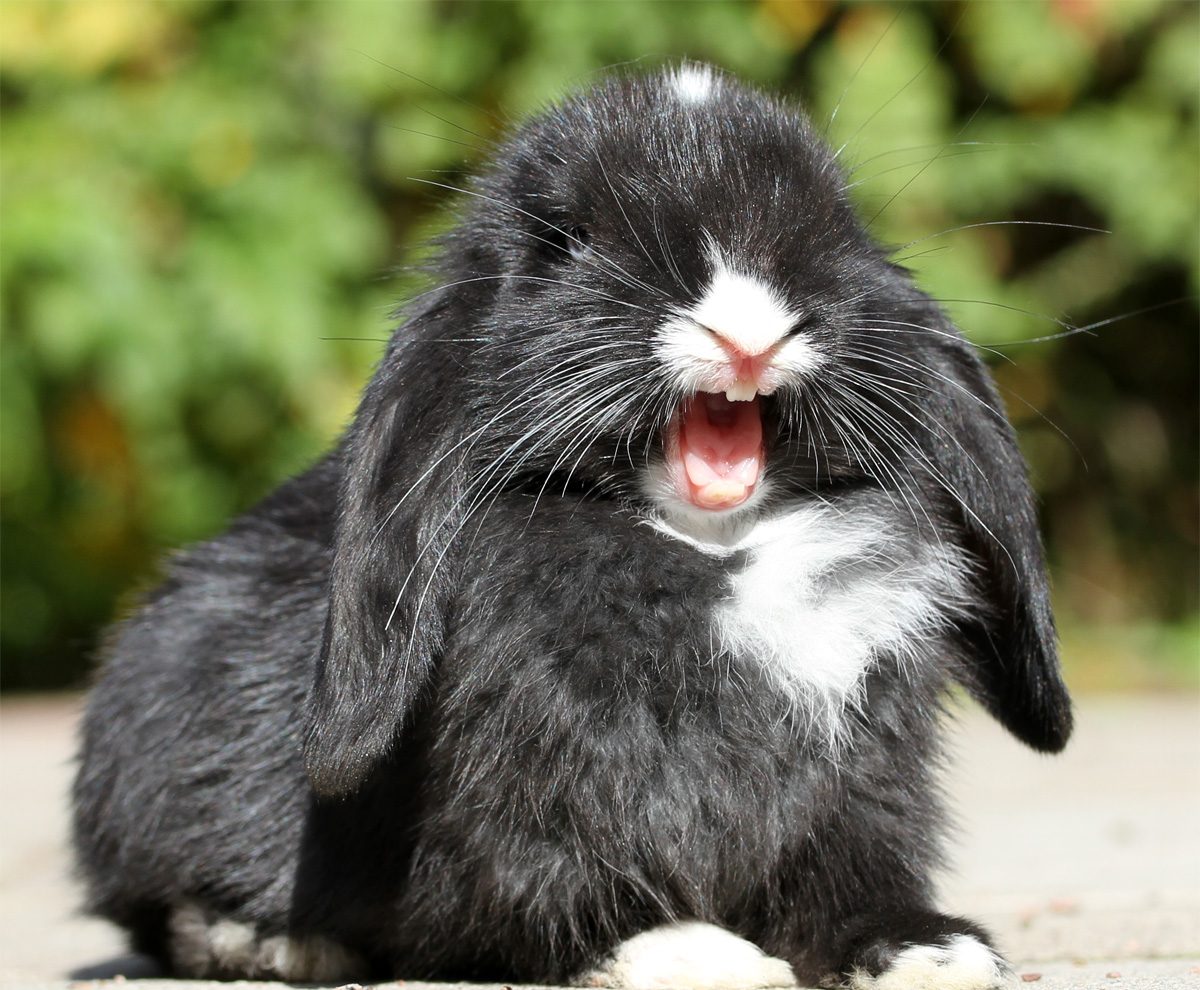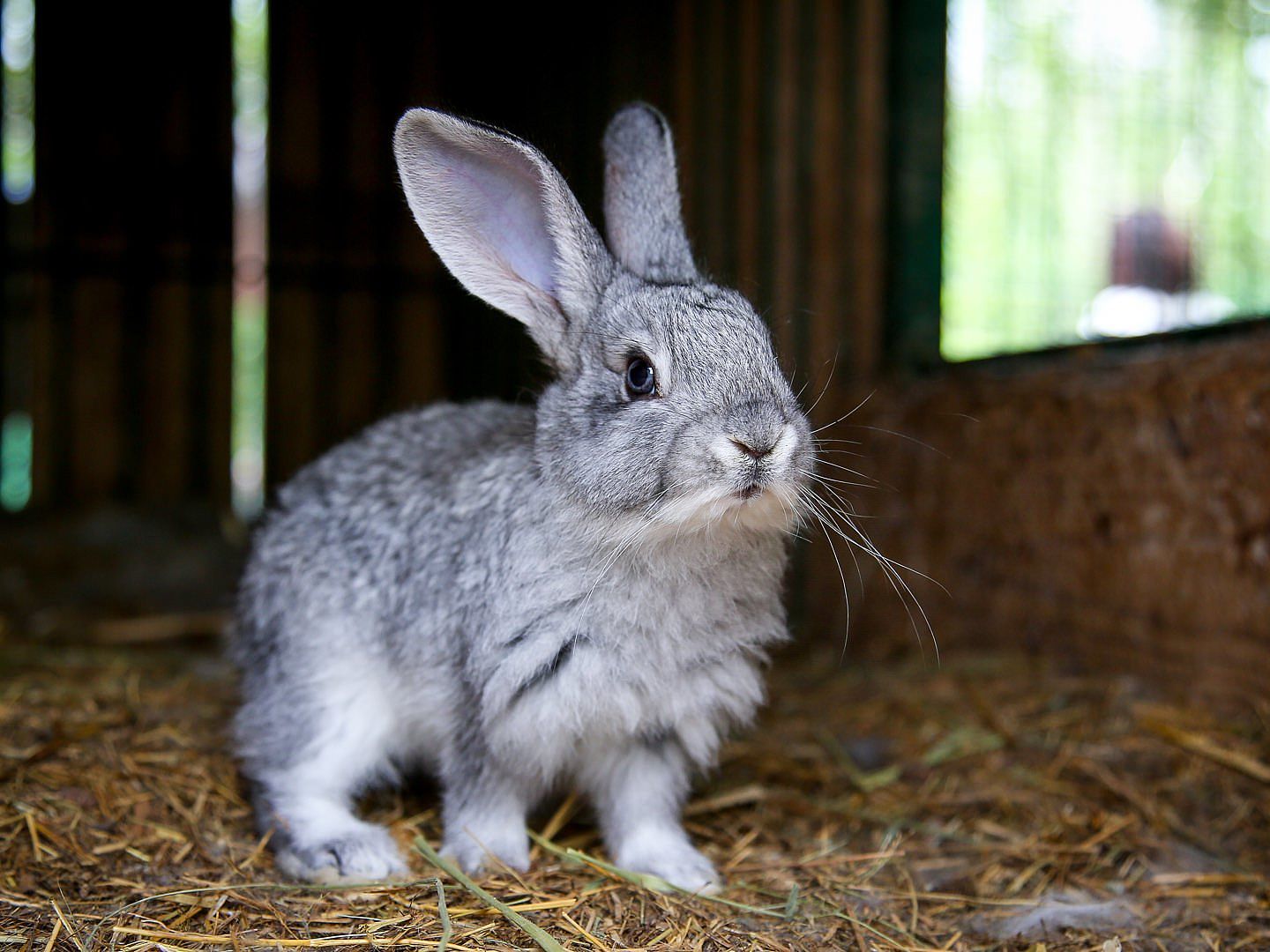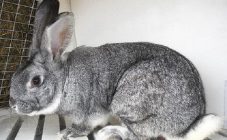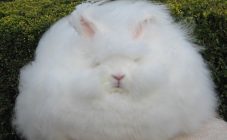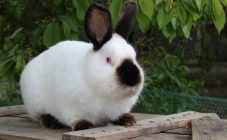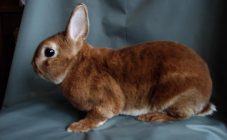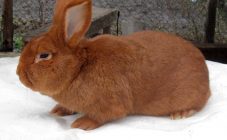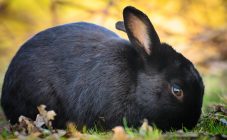Content:
The rabbit knocks with its hind legs, why does it do this and what does it mean? What other signals do pets give a person with movement, posture and sounds? How do you know that a rabbit loves you? All about the features of the body language of the pet below.
Rabbit body language
Herbivores have their own body language through which they can express their desires and needs. It can be difficult for a novice rabbit breeder to determine what a pet is trying to express, but you can learn to understand an animal.
How a rabbit marks territory:
- rubs the chin;
- urinates in the wrong place;
- scatters droppings;
- rakes up hay to himself.
How does a rabbit express aggression?
Experts believe that the aggression of rabbits towards their relatives is quite normal. Young individuals often beat each other. Herbivores can use painless bites to indicate hierarchy to their family members.
How to understand that a pet is preparing to attack a person? Before the attack, he takes a characteristic pose - he presses his ears to his back and pulls the body forward. Often, herbivores kept alone in the cage show aggression. The less attention is paid to the animal, the more aggressive it becomes. The eared one can bite the owner's forearm in case of resentment and anger. It is important to train the rabbit not to rip off its bad mood on objects, as often decorative pets can begin to chew on shoes out of revenge. Sick individuals can also show aggression when trying to examine them.
Movement and posture
To understand what the eared eared wants, it is important to take a closer look at its behavior:
- The most common movement that demonstrates the joy of the eared is jumping and running. Often during games, animals run at high speed and turn over in a jump. Jumping of the pet on chairs, sofas and tables also indicates fun. At the same time, they can shake their heads, inviting the owner to join the fun. For games, eared people often choose household items, so in order to avoid damage to them, it is best to purchase special balls.
- If the animal stands on its hind legs, then it explores the territory. The pet's mood is betrayed by its ears. If they are upright, the furry feels curiosity or tension. Herbivores also stand on their hind legs in order to better see objects located above. Sometimes with such behavior, the pet asks to open the door for him, and if at the same time he pokes his nose at the owner, then he begs for attention and treats.
- The posture, lying on the side or back, indicates the relaxation of the animal. Most often, herbivores relax by extending their hind legs and resting their head on their forelimbs. Behavior indicates a sense of security and calmness. If the pet turns over on its back, then this is a sign that he completely trusts the owner. You should not turn the eared one over on your own, as it is a great stress for him, leading to tonic immobility.
- Rabbits love to fumble in clothes and towels. It is the natural instinct of herbivores to dig holes. To protect the clothes from damage, it is recommended to put a box of earth or sand for the pet. Females love to move objects around, placing them on their own, so it is best to hide all valuable items.
- The rabbit sits tensely, which means he is displeased. A pet in this way can show that he does not like the touch of a person.Eared can bend to the floor after rabbit fights, showing submission and ending the fight.
- Freezing in place is a sign of fear. Feeling fear, the herbivore directs its ears up or forward, its breathing quickens, and its eyes open wide. Thanks to this behavior, the animal tries to remain unnoticed and avoid danger.
- Why do rabbits knock with their hind legs? In this way they express their dissatisfaction. Rearranging in the apartment can cause this behavior, as eared ones love stability, and even a small change in the environment can scare the pet. Tapping its paws, an animal in the wild gives a danger signal. Decorative rabbits can behave this way at night out of boredom, fear or loneliness. Rabbits can stomp during mating, as this process is stressful for them.
- When the animal is in a panic flight, it is important not to chase it. The herbivore's refuge can be cardboard boxes or pieces of furniture. In no case should you invade the territory of the rabbit shelter and get it out of there. To calm and lure the pet out, just squat down near the house and offer him a treat. If the eared one does not make contact, then it is better to leave him alone for a while.
- When a pet feels curiosity, it can quickly and abruptly twitch its nose, sniffing around. If some smell alerted the herbivore, he begins to stretch his head and quickly draw in air. However, sometimes rapid, hacking breathing indicates the development of disease. This symptom is typical for pneumonia, heart failure and overheating in the summer.
- Before eating, the rabbit may first sniff and nibble on the food. Usually, animals do this when new foods are added to their diet. By tasting it, they test food for toxicity.
Sounds emitted
Rabbits often make sounds, so the breeder needs to learn how to correctly recognize their meaning.
- gritting teeth - pleasure, relaxation, good mood;
- loud teeth chattering - pain;
- grunting - irritation, discontent, and with frequent and loud manifestations, it indicates the development of diseases;
- hissing and growling - anger and aggression;
- scream - severe pain, fear;
- quiet squeaking of rabbits - cold or hunger.
Communication with humans and other rabbits
Experts do not recommend taking a pet in your arms without special reason. Herbivores react poorly to a sudden loss of stability and the inability to control their body. The animal can become very frightened, freeze with fear or start to escape. Sometimes attempts at release can result in pet injuries. If the eared one jumps into the hands of the owner himself, this indicates complete trust in the person, but even in this case it is impossible to keep the pet.
Why do rabbits lick their hands? Herbivores are social animals that stay in contact with their relatives half the time. The rabbit licks its lips while performing hygiene procedures. When he begins to lick his kindred, in this way he seals family ties. If a pet begins to behave this way towards a person, this indicates that he has adopted him into his family. Most often it licks the owner's palm, in some cases the animal licks his things. Previously, it was believed that the slime rabbit lacks nutrients, so he tries to compensate them in this way. However, experts are sure that licking is a way of communication between eared people.
When males jump on each other, they can play like this or show their superiority in the family.If the male behaves this way towards the female, it means sexual attraction.
Understanding rabbit behavior is easy. The animal itself translates the felt feelings. Aggression is not always a sign of anger; it can indicate a pet's loneliness. The eared usually do not hide their love for the owner. It manifests itself in the desire to lick a person and his things, to wipe off his feet and rumbling. It is important to learn how to recognize the warning signs that indicate illness, since a timely response can save your pet's life.
